See how the solar wind shredded Comet Lemmon’s tail in an extraordinary view from Earth
Get the latest international news and world events from around the world.
Best space strategy games, ranked
Conquer the cosmos and lead ships, fleets, and even entire civilizations to victory in the best space strategy games.

What is the weak nuclear force and why is it important?
So the weak force doesn’t play by the normal rules — and, in fact, it breaks one of the biggest rules of all.
All of the other forces of nature obey something called parity symmetry. If you run a physics experiment and compare it with the same experiment in the mirror, the results should come out the same.
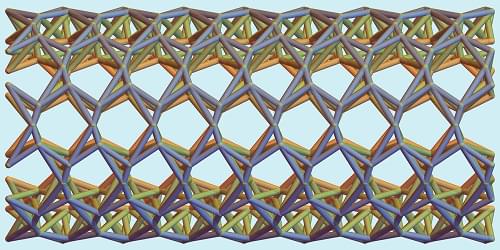
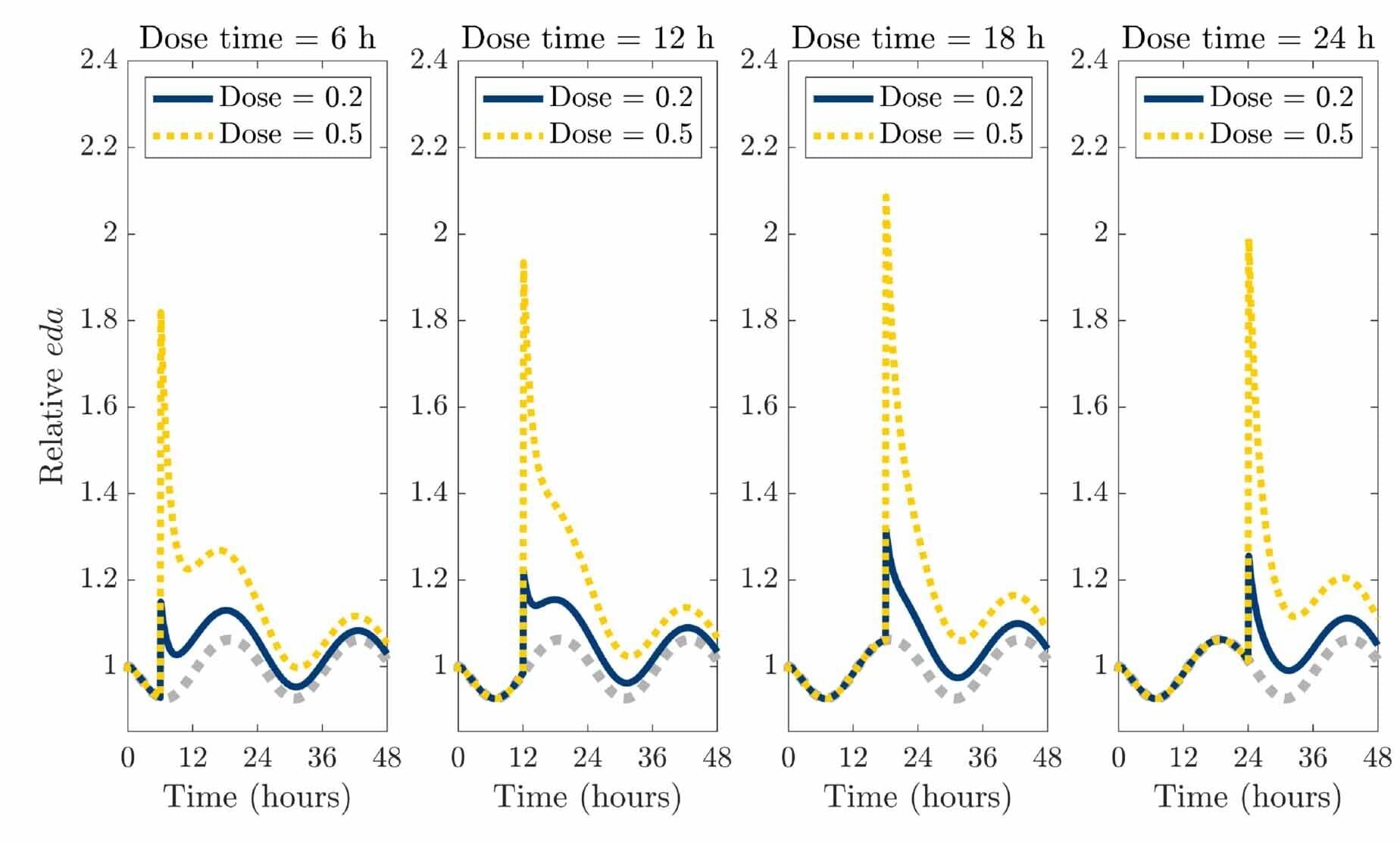
Mathematical model could help boost drug efficacy by getting dosing in rhythm with circadian clocks
Researchers at the University of Michigan have developed a mathematical model that reveals how our circadian rhythms can have dramatic impacts on how our bodies interact with medicines.
This could help doctors prescribe medicines to have the best intended effect by syncing the dosing up with the natural clocks of their patients.
“These findings provide a mechanistic basis for chronotherapeutics—optimizing drug efficacy by considering circadian timing,” said the new study’s author Tianyong Yao, an undergraduate researcher in the U-M Department of Mathematics. “This could improve treatment for conditions such as ADHD, depression and fatigue.”

Can we hear gravitational-wave ‘beats’ in the rhythm of pulsars?
Pulsars suggest that ultra–low-frequency gravitational waves are rippling through the cosmos. The signal seen by international pulsar timing array collaborations in 2023 could come from a stochastic gravitational-wave background—the sum of many distant sources—or from a single nearby binary of supermassive black holes.
To tell these apart, Hideki Asada, theoretical physicist and Professor at Hirosaki University, and Shun Yamamoto, researcher at the Graduate School of Science and Technology, Hirosaki University, propose a method that exploits beat phenomena between gravitational waves at nearly the same frequency, searching for their imprint in the tiny shifts of pulsars’ radio-pulse arrival times.
Their work has been published in the Journal of Cosmology and Astroparticle Physics.
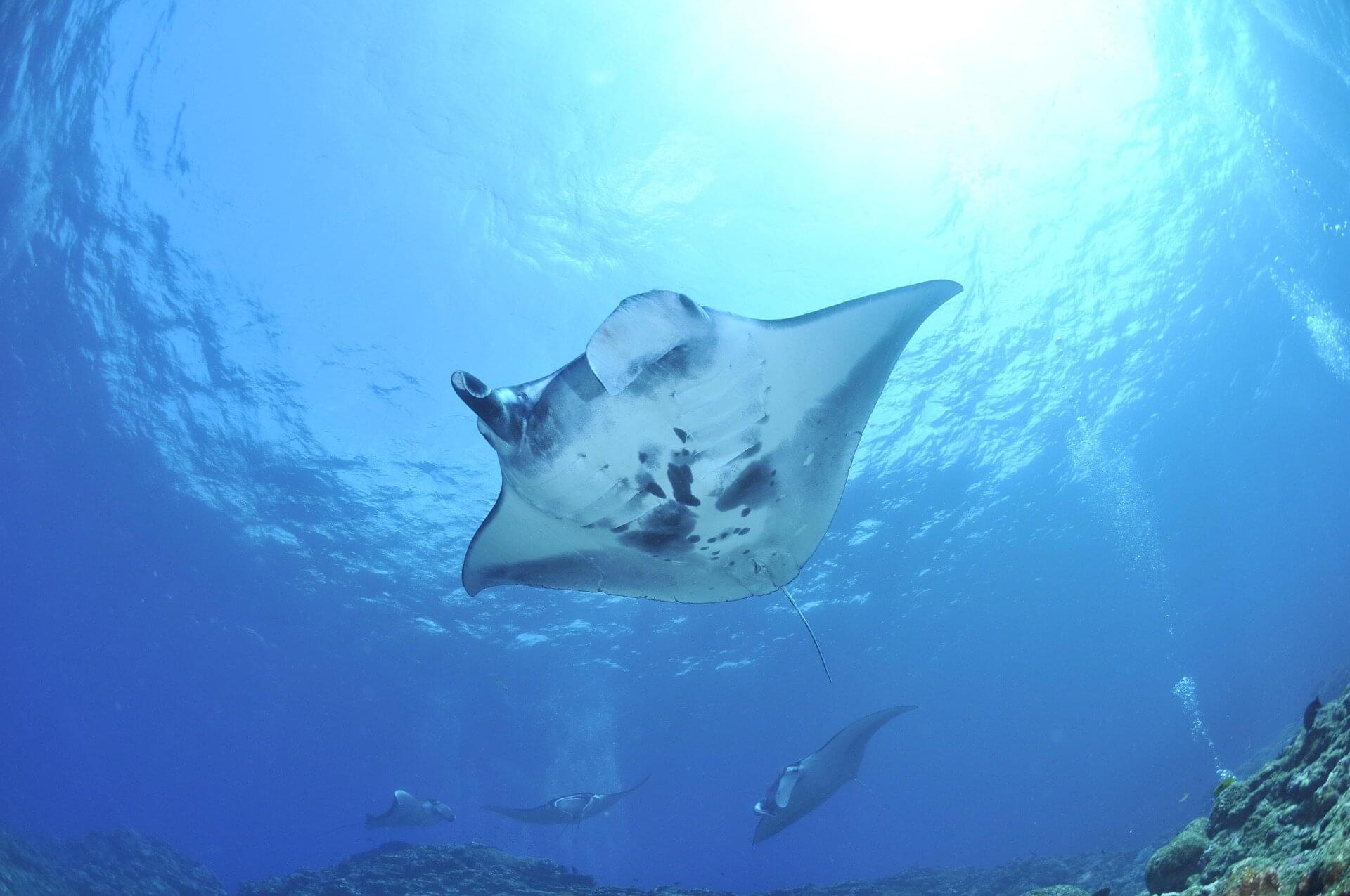
World’s largest rays may be diving to extreme depths to build mental maps of vast oceans
Many marine species are no strangers to the depths of the oceans. Some animals, like certain sharks, tuna, or turtles, routinely perform extreme dives, whereas for other species, such behavior has been observed less frequently.
Now, an international team of researchers working in Peru, Indonesia, and New Zealand tagged oceanic manta rays—the largest species of ray—to learn more about the deep-diving behavior of these animals. They published their results in Frontiers in Marine Science.
“We show that, far offshore, oceanic manta rays are capable of diving to depths greater than 1,200 meters, far deeper than previously thought,” says first author Dr. Calvin Beale, who completed his Ph.D. at Murdoch University.

Compact laser-plasma accelerator can generate muons on demand for imaging
Muon beams can now be created in a device that is the length of a ruler.
Researchers at Berkeley Lab presented a foot-long (30 cm) compact laser-plasma accelerator (LPA) that can generate and detect highly directional muon beams. It works by using intense laser pulses to accelerate electron beams, which then create muons in significantly higher numbers and with greater directionality, providing a powerful new alternative for non-destructive imaging of large or concealed objects.
Conventional artificial muon sources are bulky and expensive, which has left many imaging applications reliant on naturally occurring, scarce, and unreliable cosmic rays. The new LPA overcomes these constraints by producing significantly higher muon yields, slashing exposure times from months to minutes, according to the study published in Physical Review Accelerators and Beams.
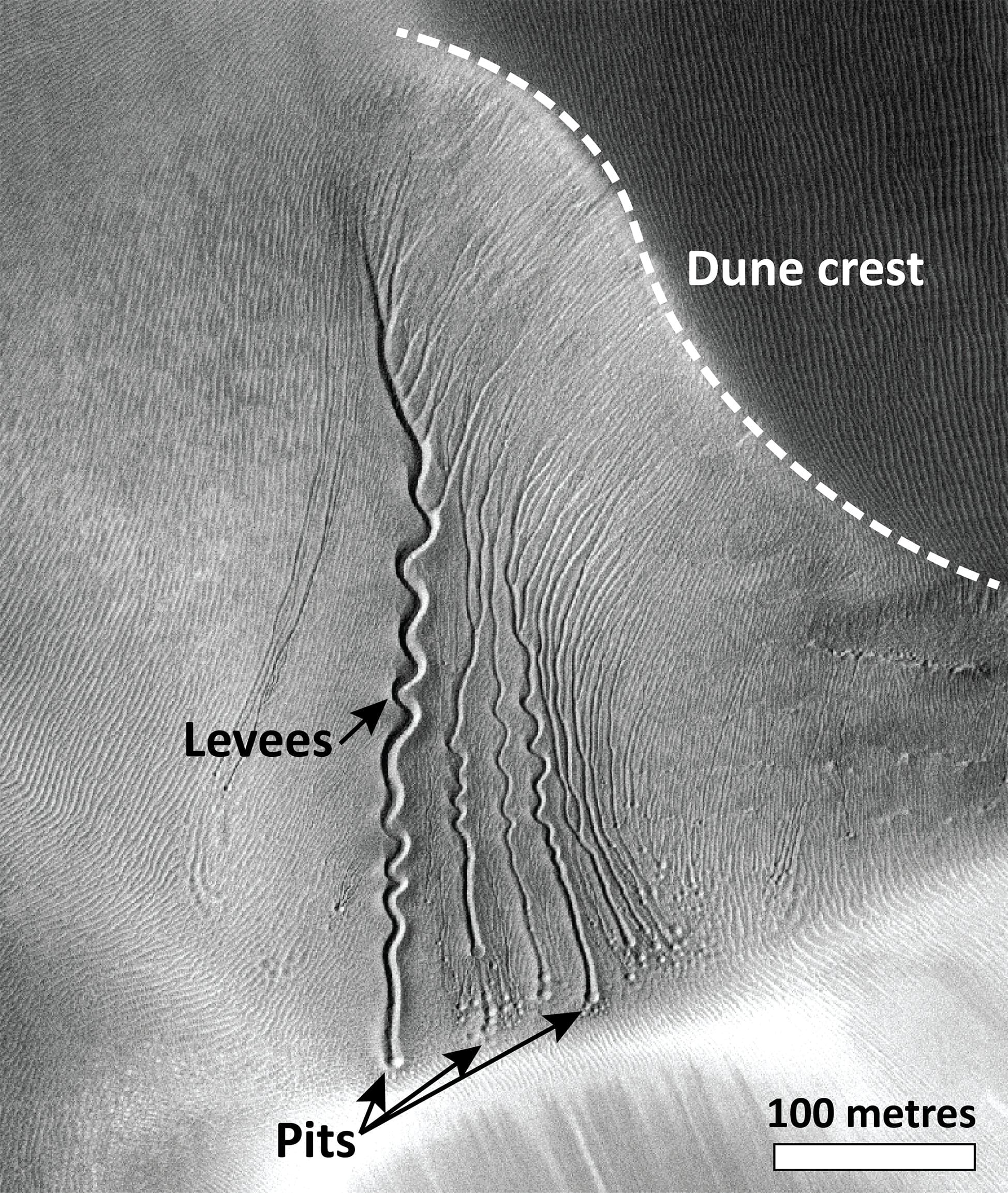
Mysterious gullies on Mars appear to have been carved by burrowing CO₂ ice blocks
Did life really exist on Mars after all? Unfortunately, there is no conclusive evidence for this yet. Nevertheless, it would seem that some form of life was the driving force behind the mysterious Martian dune gullies. Earth scientist Dr. Lonneke Roelofs from Utrecht University has investigated how these gullies were formed. In a test setup, she observed that blocks of CO2 ice “dug” these gullies in a unique way.
“It felt like I was watching the sandworms in the film Dune,” Roelofs says. Her findings are published in Geophysical Research Letters.
Other researchers had previously suspected that these blocks could play a role in the formation of the gullies. Roelofs has now proven this by having CO2 ice blocks actually dig those gullies in an experiment—a phenomenon that we do not know here on Earth and that had never been observed by anyone before.
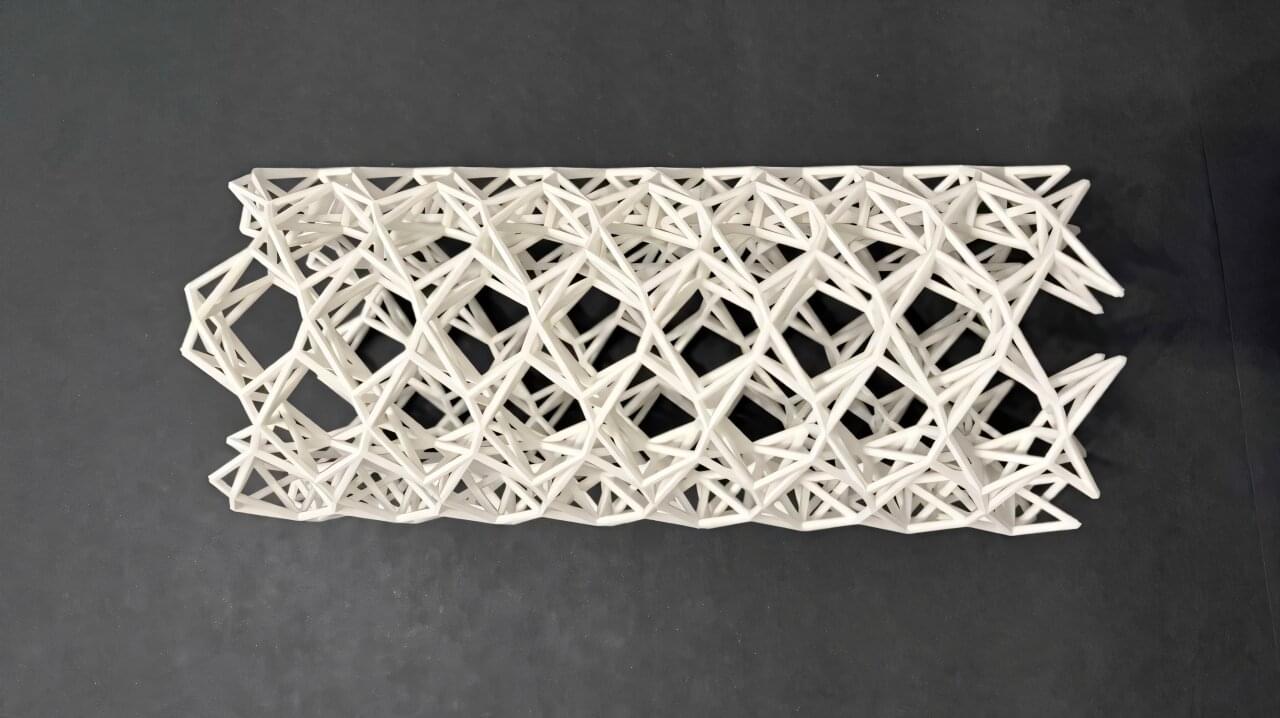
3D-printed metamaterials harness complex geometry to dampen mechanical vibrations
In science and engineering, it’s unusual for innovation to come in one fell swoop. It’s more often a painstaking plod through which the extraordinary gradually becomes ordinary.
But we may be at an inflection point along that path when it comes to engineered structures whose mechanical properties are unlike anything seen before in nature, also known as mechanical metamaterials. A team led by researchers at the University of Michigan and the Air Force Research Laboratory (AFRL) has shown how to 3D print intricate tubes that can use their complex structure to stymie vibrations.
Such structures could be useful in a variety of applications where people want to dampen vibrations, including transportation, civil engineering and more. The team’s new study, published in the journal Physical Review Applied, builds on decades of theoretical and computational research to create structures that passively impede vibrations trying to move from one end to the other.